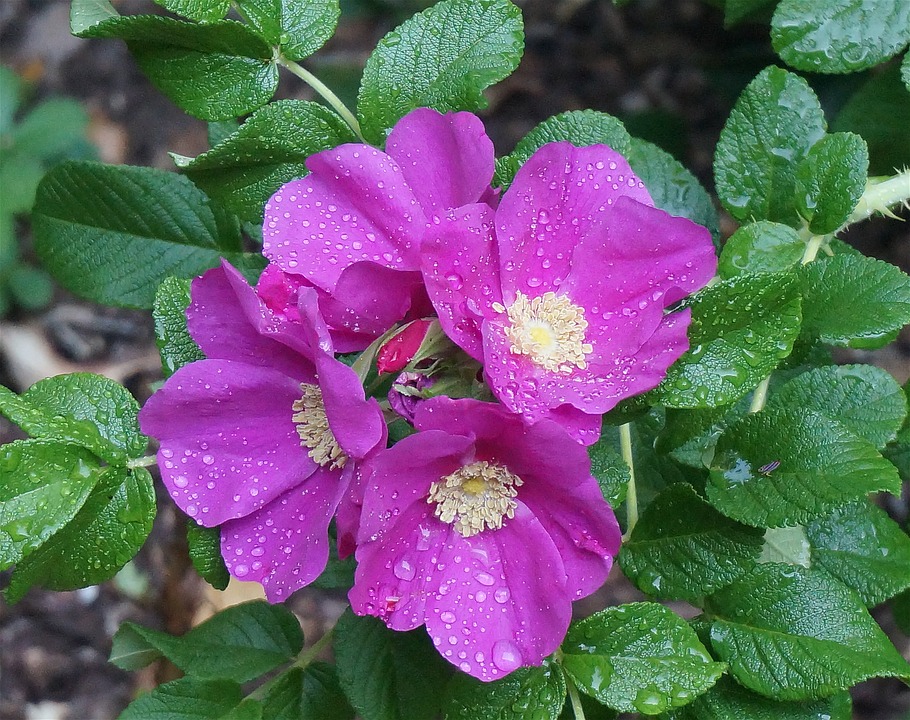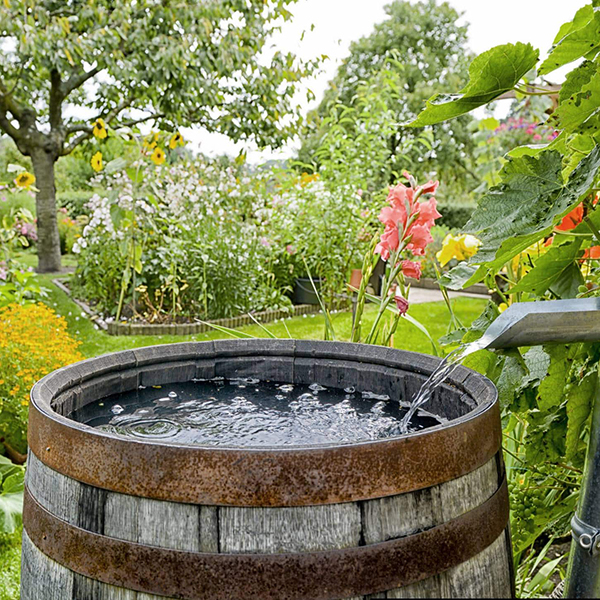By Dirk Coburn, M.C.H.
Summer is here. We have started the classic New England pattern of active cold fronts coming through our region and encountering moist air that has heated up during the day. These fronts often generate brief rains or thunderstorms. While our water tables are in good shape from the winter and spring, these rainstorms pose a potential threat; if we think we can rely on them to water our landscapes, we may be disappointed. A New England summer rain front often produces fairly little water on the ground. Rains are often light and may evaporate before they even reach the ground. When the rains are heavier, they are still not long. Heavy rain in a brief period typically produces a high percentage of runoff. The water from such a rain might wet the top couple of inches of soil, but a lot of the water goes into storm drains. Relatively little soaks deeply into the soil near the root zones of trees and shrubs.
What are the implications for our landscape plants?

New Plants
We cannot rely on Mother Nature to water newly planted trees, shrubs, perennials, or lawns in the summer. It is too easy to kid ourselves that these summer weather fronts will cover for our busy lives – easy, that is, until we are facing plants that are wilting and failing to establish.
New plants need an intentional and diligent watering regimen for a full year (except when the ground is frozen for the winter) after their planting – ESPECIALLY in the summer. Weston Nurseries’ watering guidelines for new plantings can be found on our web site here: Watering Guidelines
If you will be away for part of the summer, you have several tools at your disposal: e.g. tree watering bags such as the Treegator®; mulches that reduce evaporation from the soil; soil humectants such as Hydretain® that make the water in your soil more available to your plants’ roots; and friends, relatives, or hired help who can keep up watering during your absence.
A word about irrigation systems! An irrigation system can sustain your plants or it can kill them. New plants need watering that is:
- Deep Enough – to soak into the soil to a depth somewhat below their roots.
- Frequent Enough – to keep the roots from going bone dry and dying back between waterings.
- Not Too Frequent – so the soil can “breathe” between waterings and roots can exchange oxygen and carbon dioxide as they need to do.
These principles may dictate different watering cycles for trees and shrubs, perennials, lawns, annuals, and for each planter or container. We recommend that you discuss these principles of watering in detail with your irrigation system designer or maintainer. If you believe that a plant may be ailing due to water or lack of water, we may be able to recommend adjustments to your watering regiman for that plant.
ESTABLISHED PLANTS: Right now, the spring has left us with water tables in good shape. Unless we see a month or more of high temperatures with no rain, our established plants should be in good shape.
There is one caveat, however. During last summer’s severe drought, some of our established plants may have seen some dieback of fine root mass. If the root mass of a tree or shrub is out of balance with its branches and foliage, the plant may show signs of stress even during our current nurturing weather. In this case, it might be helpful to stimulate some new root growth.
The quickest way to do so is with a liquid root stimulant. Weston Nurseries carries one by Bonide called Plant Starter Concentrate.








